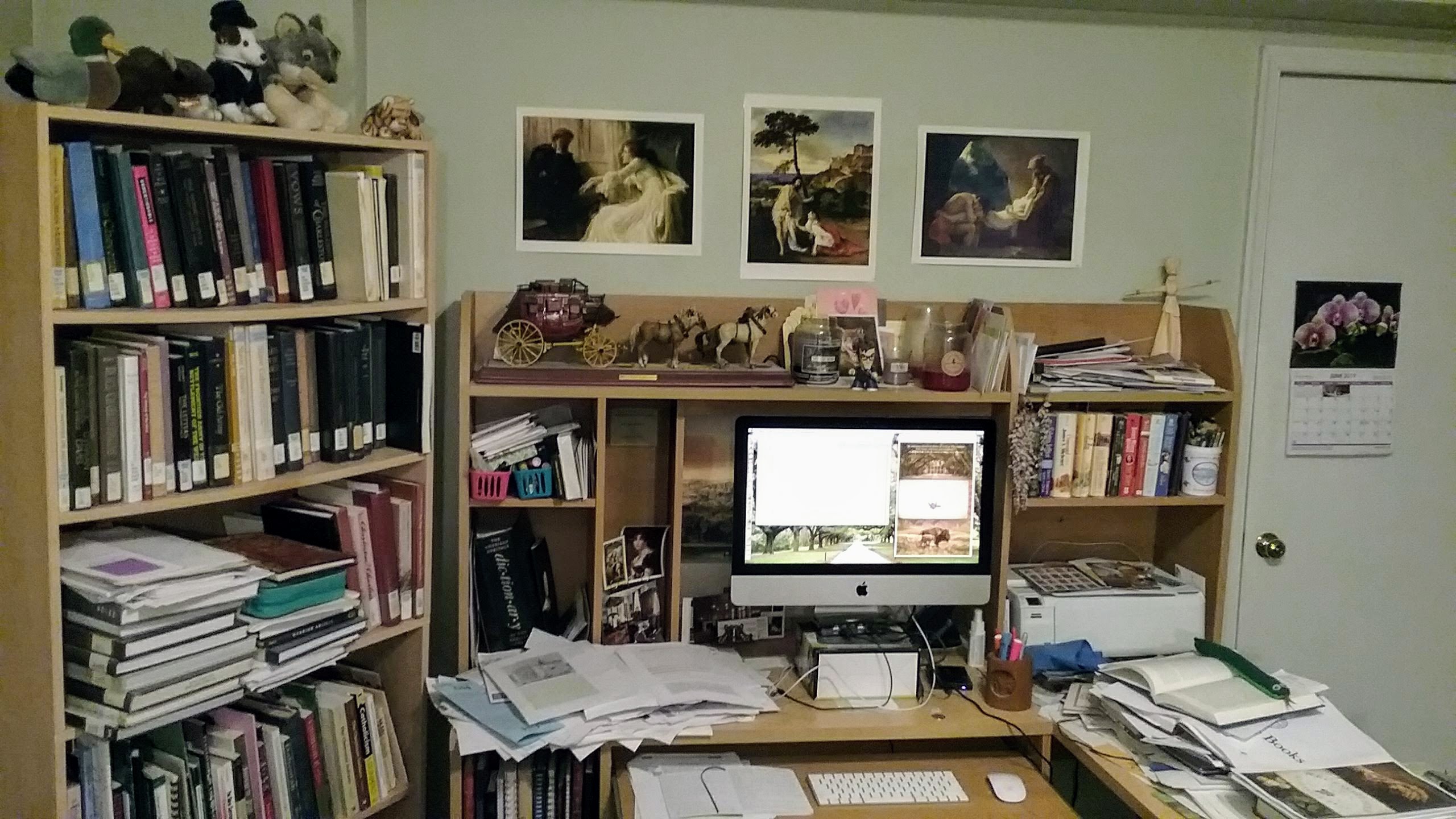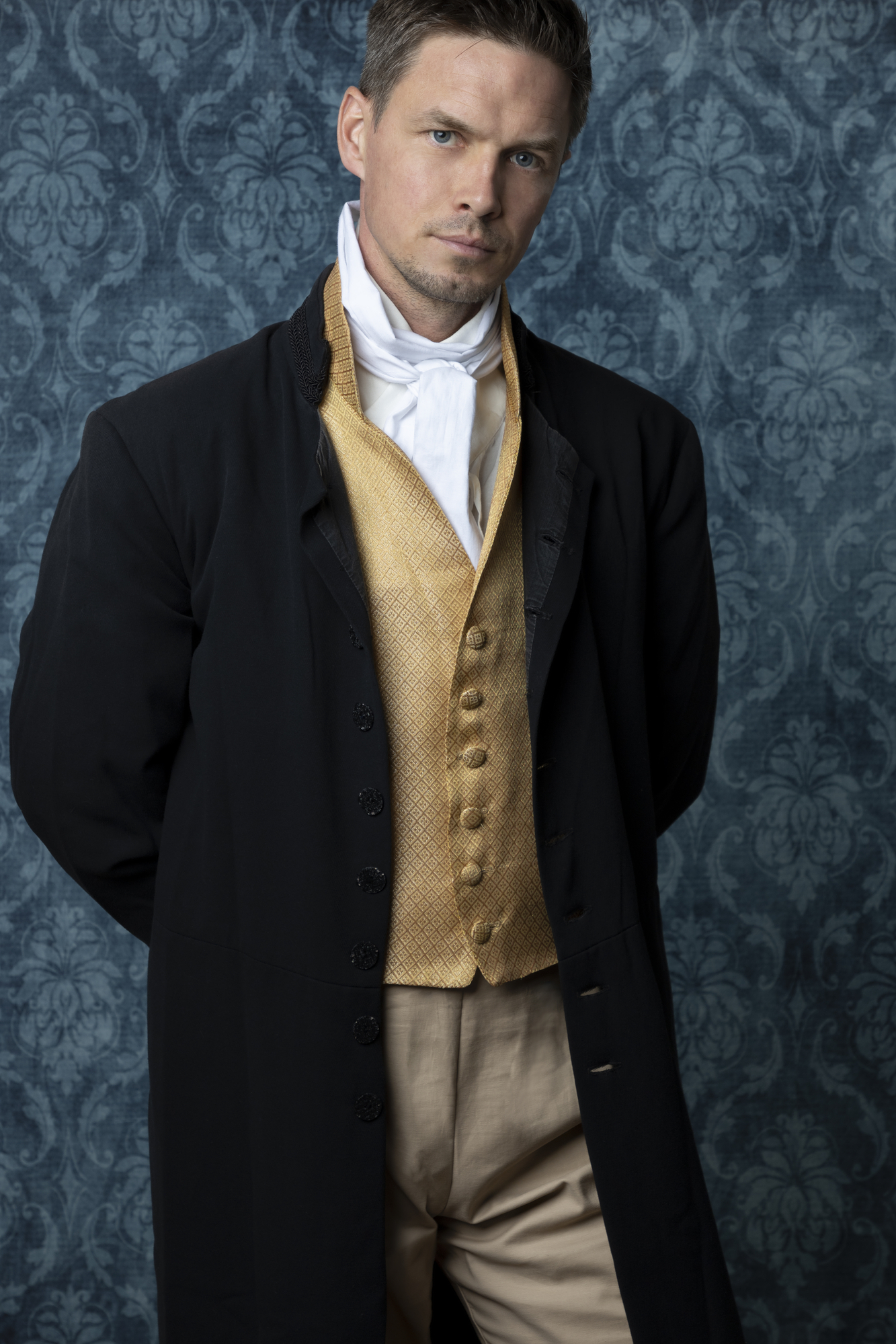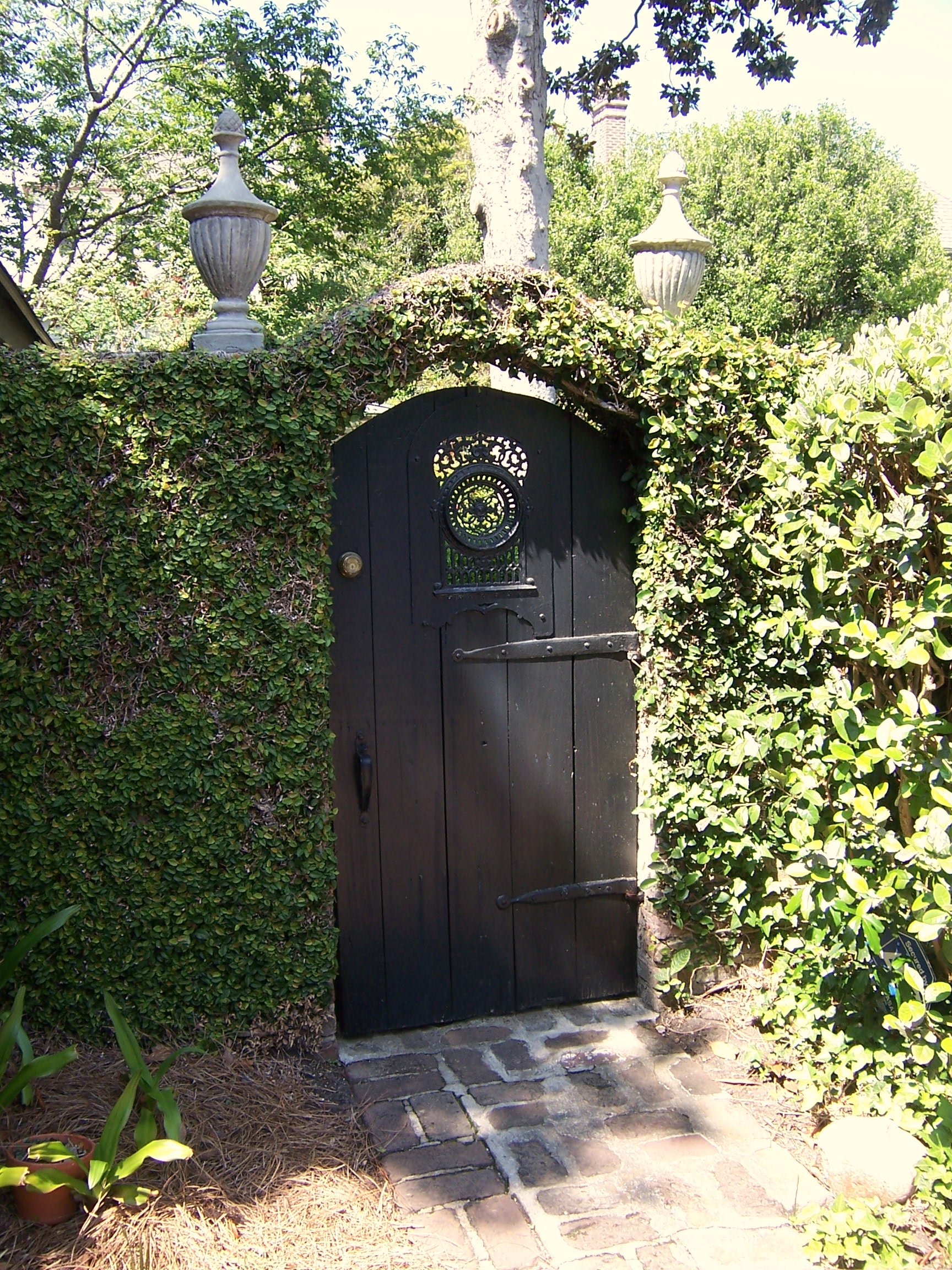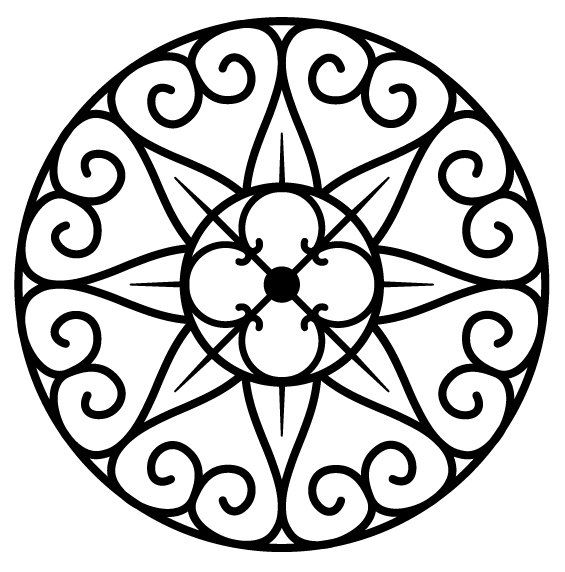
The Language of Flowers
Like many a 19th-century novelist, I use the Language of Flowers throughout the Lazare Family Saga as part of my symbolism. I explain some of this floral code in my books, while other references are “Easter eggs.” In this post, I’ll unpack some of those meanings, and I’ll include illustrations in case the word “anemone”…

For the Love of Critters
One of my characters, Clare Stratford, is a Southern belle. When she falls in love, however, she considers spending the rest of her life as a Cheyenne Indian. So I knew she couldn’t be prone to “the vapors”; she had to be fearless and in touch with the natural world. Therefore, I gave Clare my…

The Art Over My Desk
Above my messy writer’s desk overflowing with research materials, I hung three works of art that helped inspire my historical family saga with strong romantic elements. Let’s take a closer look. Frank Dicksee’s The Confession (1896), a Victorian problem picture with multiple possible meanings. Is the man the woman’s husband or her priest? Which one…

On Second Thought…
“Ring out the old, ring in the new…” — Alfred, Lord Tennyson, In Memoriam (1850) In November-December 2021, I completed a new edit of the entire Lazare Family Saga. I am a perfectionist; I could honestly go through these long books every year and find things to change. But I shall endeavor to be satisfied…

What’s a Claire-Voie?
On the spine and back cover of my paperbacks and on the title page of all my novels, you’ll see my logo above the words “Claire-Voie Books.” What’s a claire-voie, you ask? It’s a gardening term borrowed from French that originated in the 17th century. A claire-voie (pronounced klair-vwah) is a window or opening that…

What’s That Symbol?
You may have wondered about the ornate, round design I use as an avatar. It’s a logo I created to symbolize my historical fiction series, the Lazare Family Saga. I was able to pack a great number of meanings into this design, significance both complementary and conflicting. Paradoxes are at the heart of my work;…
End of content
End of content
